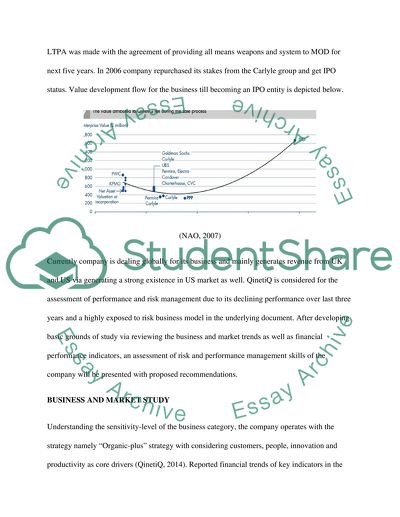Cite this document
(“Global operation and risk management of Qinetiq Group plc 01303 Essay”, n.d.)
Global operation and risk management of Qinetiq Group plc 01303 Essay. Retrieved from https://studentshare.org/finance-accounting/1677026-global-operation-and-risk-management-of-qinetiq-group-plc-01303
Global operation and risk management of Qinetiq Group plc 01303 Essay. Retrieved from https://studentshare.org/finance-accounting/1677026-global-operation-and-risk-management-of-qinetiq-group-plc-01303
(Global Operation and Risk Management of Qinetiq Group Plc 01303 Essay)
Global Operation and Risk Management of Qinetiq Group Plc 01303 Essay. https://studentshare.org/finance-accounting/1677026-global-operation-and-risk-management-of-qinetiq-group-plc-01303.
Global Operation and Risk Management of Qinetiq Group Plc 01303 Essay. https://studentshare.org/finance-accounting/1677026-global-operation-and-risk-management-of-qinetiq-group-plc-01303.
“Global Operation and Risk Management of Qinetiq Group Plc 01303 Essay”, n.d. https://studentshare.org/finance-accounting/1677026-global-operation-and-risk-management-of-qinetiq-group-plc-01303.


